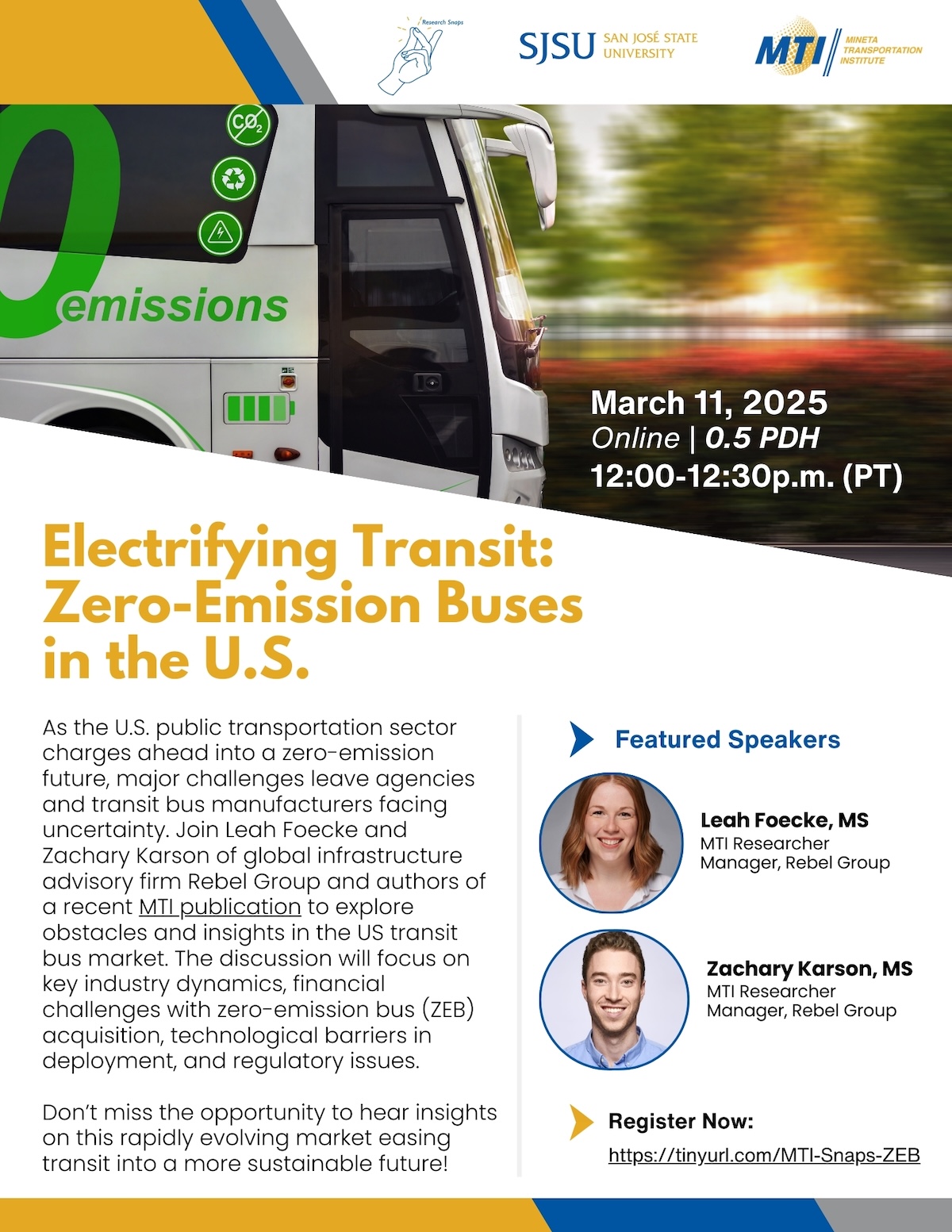City of Huntsville Approves Sewer Rate Increase to Support Sustainable Infrastructure Development
Published on June 26, 2025

Overview of Sewer Rate Increase
The City of Huntsville has approved its first sewer rate increase in 20 years during the City Council meeting held on Thursday. The decision, passed with a 4-1 vote, aims to support critical infrastructure investments in the aging sewer collection system and five wastewater treatment facilities.
Details of the Rate Adjustment
- The monthly sewer bill for an average residential customer will increase from $24.15 to $29.15.
- This new rate remains significantly below the Alabama state average sewer bill of $52.14 per month.
- Starting in 2026, rates will increase by $1 per month annually until 2034.
- By 2034, the average residential sewer bill is projected to be $39.15, still well below the current state average.
Investment in Sustainable Sewer Infrastructure
The rate increase will fund a $150 million investment over a 10-year capital plan focused on:
- Upgrading the sewer collection system
- Enhancing five wastewater treatment facilities
- Replacing and repairing infrastructure dating back to the 1950s
Alignment with Sustainable Development Goals (SDGs)
This initiative directly supports several United Nations Sustainable Development Goals, including:
- SDG 6: Clean Water and Sanitation – By improving wastewater treatment and sewer infrastructure, the City ensures access to safe and reliable sanitation services, reducing pollution and protecting water quality.
- SDG 9: Industry, Innovation, and Infrastructure – The investment promotes resilient infrastructure and sustainable industrialization through modernization of aging systems.
- SDG 11: Sustainable Cities and Communities – Enhancing sewer systems contributes to making cities more sustainable, resilient, and livable.
- SDG 13: Climate Action – Upgrading infrastructure reduces environmental risks and supports climate resilience by preventing contamination and managing wastewater effectively.
Conclusion
The City of Huntsville’s sewer rate increase represents a strategic commitment to sustainable urban development and environmental stewardship. By investing in critical infrastructure upgrades, the City not only ensures regulatory compliance and system reliability but also advances its contribution to global sustainability efforts as outlined in the SDGs.
1. Sustainable Development Goals (SDGs) Addressed or Connected
- SDG 6: Clean Water and Sanitation
- The article focuses on sewer system infrastructure improvements and wastewater treatment, directly relating to ensuring availability and sustainable management of water and sanitation for all.
- SDG 9: Industry, Innovation, and Infrastructure
- The investment in aging infrastructure and modernization of sewer systems aligns with building resilient infrastructure and promoting sustainable industrialization.
- SDG 11: Sustainable Cities and Communities
- Improving sewer systems contributes to making cities inclusive, safe, resilient, and sustainable by enhancing urban infrastructure and environmental health.
2. Specific Targets Under Those SDGs Identified
- SDG 6 Targets
- Target 6.3: Improve water quality by reducing pollution, minimizing release of hazardous chemicals and materials, and substantially increasing recycling and safe reuse.
- Target 6.1: Achieve universal and equitable access to safe and affordable drinking water (implied through sewer system improvements supporting sanitation).
- SDG 9 Targets
- Target 9.1: Develop quality, reliable, sustainable, and resilient infrastructure, including regional and transborder infrastructure, to support economic development and human well-being.
- SDG 11 Targets
- Target 11.6: Reduce the adverse per capita environmental impact of cities, including by paying special attention to air quality and municipal and other waste management.
3. Indicators Mentioned or Implied to Measure Progress
- Indicator for SDG 6.3
- Proportion of wastewater safely treated – implied by the article’s focus on wastewater treatment facilities and sewer system repairs.
- Indicator for SDG 9.1
- Proportion of the rural population who live within 2 km of an all-season road (implied infrastructure accessibility and reliability).
- Investments in infrastructure – directly referenced by the $150 million capital plan for sewer infrastructure.
- Indicator for SDG 11.6
- Municipal waste management effectiveness – implied through sewer system maintenance and upgrades to reduce pollution.
- Additional Implied Indicators
- Average residential sewer bill – used as a measure of affordability and access to sanitation services.
- Age of infrastructure – monitoring aging systems to prioritize reinvestment.
4. Table: SDGs, Targets and Indicators
| SDGs | Targets | Indicators |
|---|---|---|
| SDG 6: Clean Water and Sanitation |
|
|
| SDG 9: Industry, Innovation, and Infrastructure |
|
|
| SDG 11: Sustainable Cities and Communities |
|
|
Source: huntsvilleal.gov







